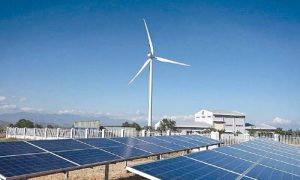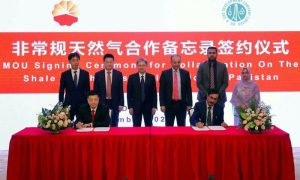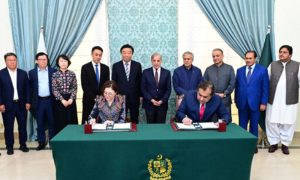Engineering Post Report
Over the years, Government of Pakistan has announced different policies to ensure the smooth supply of energy to the general public and to boost national economic growth.
These policies include “The National Power Policy 2013″, The Power Generation Policy 2015” and “Alternative and Renewable Energy Policy 2019”, according to the information gathered from the official sources concerned.
The National Power Policy 2013 aimed to develop an efficient and consumer- centric power generation, transmission and distribution system that could meet the growing needs of the people and also boot the economy of the country in a sustainable and affordable manner. The main targets included complete elimination of load shedding, decreasing the average cost of electricity generation, decrease in the transmission and distribution losses, increase the revenue collection and a reduction in the time required for decision making at the ministry level or other related departments.
In 2015, the Government introduced ” Power Generation Policy 2015″ in order to facilitate private investment in the power sector. The policy offered incentives to the to the private sector to set new power generation projects as well as invest in public sector power generation projects in a different phases of development.
In 2019, the alternative and Renewable Energy Policy was introduced to assist and promote the development of renewable resources of the country. The main objective of the policy was to provide supportive environment for renewable power projects, increase the share of green energy capacity to 20 per cent by 2025 and 30 per cent by 2030 through attracting private capital in the area of green energy.
The official sources further stated that the country’s energy sector is prone to certain challenges. For instance, the problem of circular debt in the energy sector is a long awaited issue. Successive governments have strived hard to bring circular debt down but the issue somehow largely remained controlled. In FY2013, circular debt was around Rs 450 billion which increased to Rs 1148 billion in 2018. According to the data of the Central Power Purchasing Authority (CPPA), circular debt stood at Rs 2467 billion in March 2022. This implies that circular debt is equivalent to 3.8 per cent of Pakistan’s Gross Domestic Product (GDP)and represented 5.6 per cent of Pakistan Government debt. Growing at at the current pace and if it is continued to allowed to grow unaddressed, it is estimated to reach Rs 4 trillion by 2025, demanding the urgency of reforms in the power sector.








